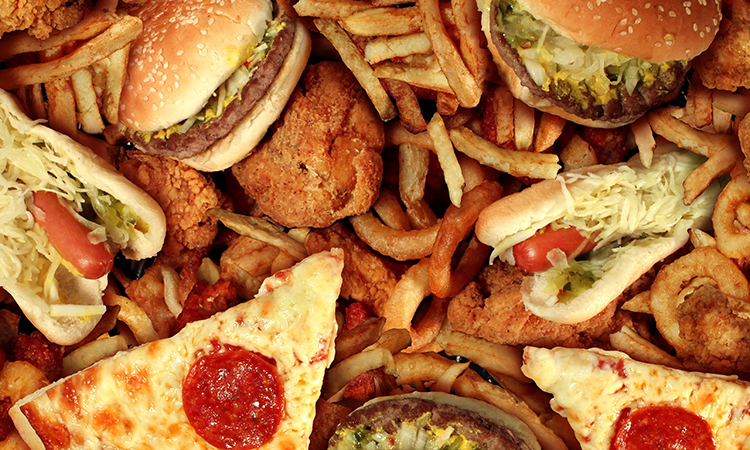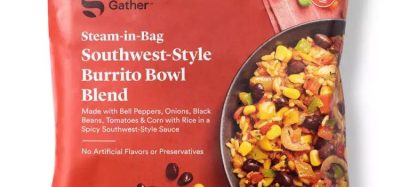Ultra-processed foods make up over half of US calorie intake, CDC finds
Posted: 7 August 2025 | Ben Cornwell | No comments yet
New CDC data reveals US diets are dominated by ultra-processed foods, especially among children, though consumption has dipped slightly in recent years.


More than half of all calories consumed by Americans now come from ultra-processed foods (UPFs), according to a federal report released today by the Centers for Disease Control and Prevention (CDC).
The National Health and Nutrition Examination Survey (NHANES) data, collected from August 2021 to August 2023, shows that UPFs accounted for an average of 55 percent of calories in Americans’ diets.
Children are the heaviest consumers, with those aged 18 and under getting nearly 62 percent of their daily calories from these products, compared to 53 percent among adults.
Julia Zumpano, a registered dietitian at the Cleveland Clinic who was not involved in the study, told ABC News:
That’s excessive. That’s concerning. It’s way too much… We don’t have guidelines, because why would we provide guidelines for junk food, but about ten percent would be reasonable.”
The CDC highlighted that several studies link high consumption of ultra-processed foods to increased risks of cardiovascular disease and all-cause mortality.
Despite these alarming numbers, the report found a slight decline over recent years. In 2017-18, adults consumed 56 percent of calories from ultra-processed foods and children nearly 66 percent. The latest figures indicate a modest drop to 53 percent and 62 percent respectively.
The report also exposed clear consumption disparities: younger children eat fewer ultra-processed calories than teens, adults over 60 consume less than younger adults, and lower-income groups have higher intakes than those with more financial resources.
Top contributors to ultra-processed calorie intake include burgers, sandwiches, sweet baked goods, savoury snacks, pizza and sweetened beverages.
Challenges in defining ultra-processed foods
Classifying ultra-processed foods remains complex. The CDC used the widely accepted NOVA system, which categorises foods by their level of processing. The report described these foods as “hyperpalatable,” containing little to no whole foods, low dietary fibre, and high amounts of salt, sweeteners and unhealthy fats.
US health officials have expressed concern that current definitions may not fully capture the breadth of products affecting public health. Last month, the US Department of Health and Human Services (HHS) and the Department of Agriculture announced plans to gather more data to establish a clearer, more formal definition.
Speaking on the announcement, HHS Secretary Robert F. Kennedy, Jr. said:
Ultra-processed foods are driving our chronic disease epidemic. We must act boldly to eliminate the root causes of chronic illness and improve the health of our food supply.
Defining ultra-processed foods with a clear, uniform standard will empower us even more to Make America Healthy Again.”
Related topics
Health & Nutrition, Ingredients, Obesity, The consumer, World Food









